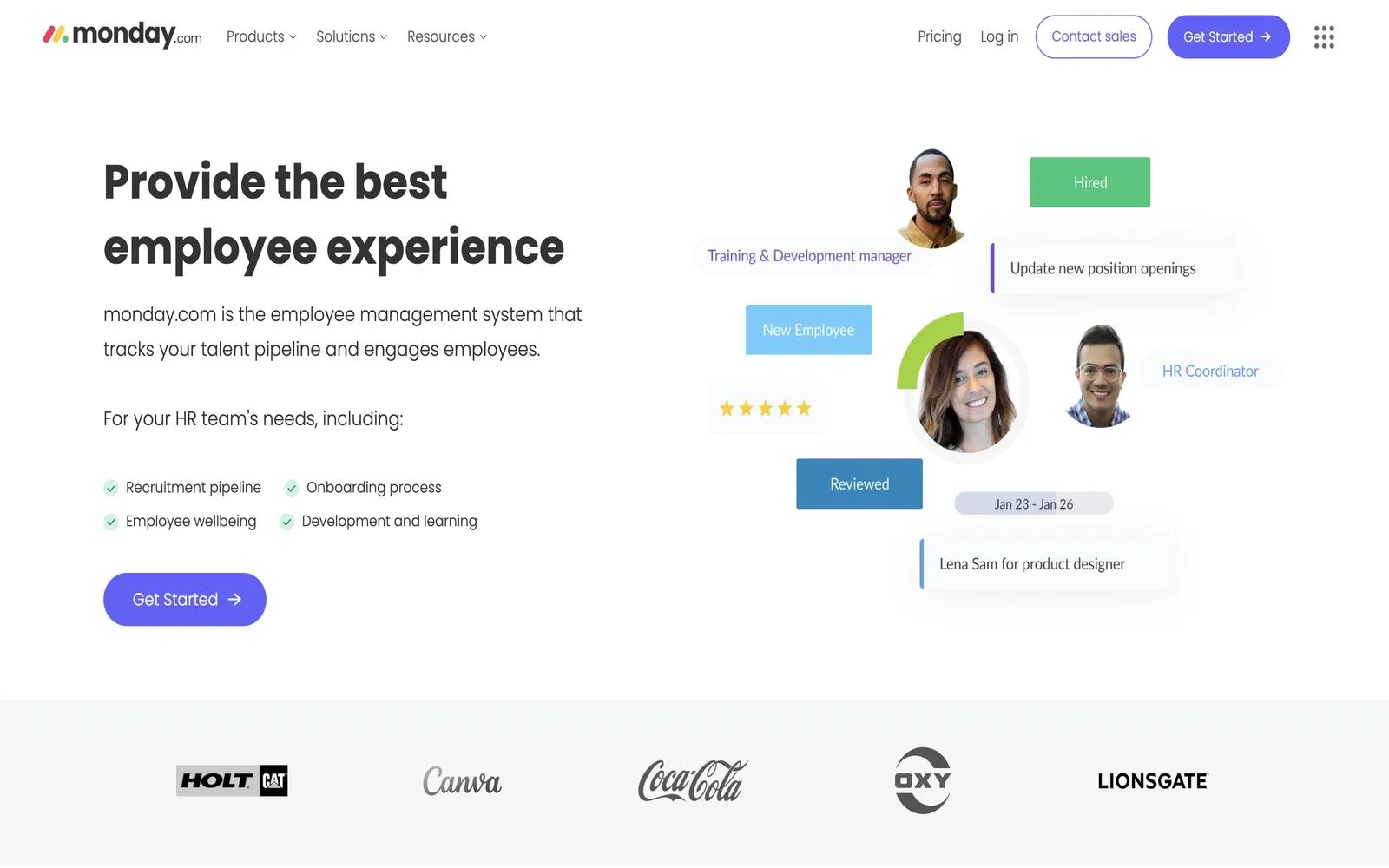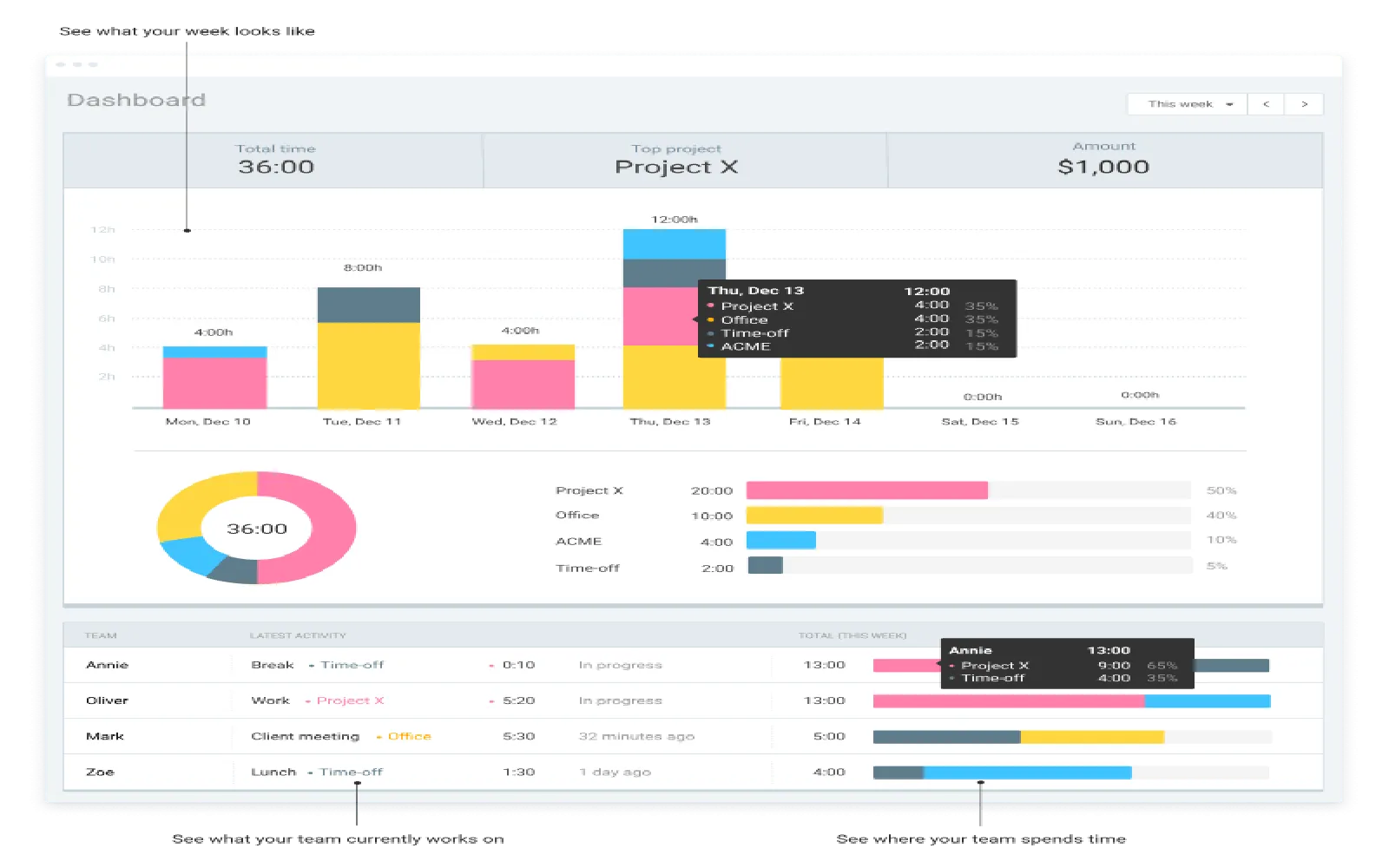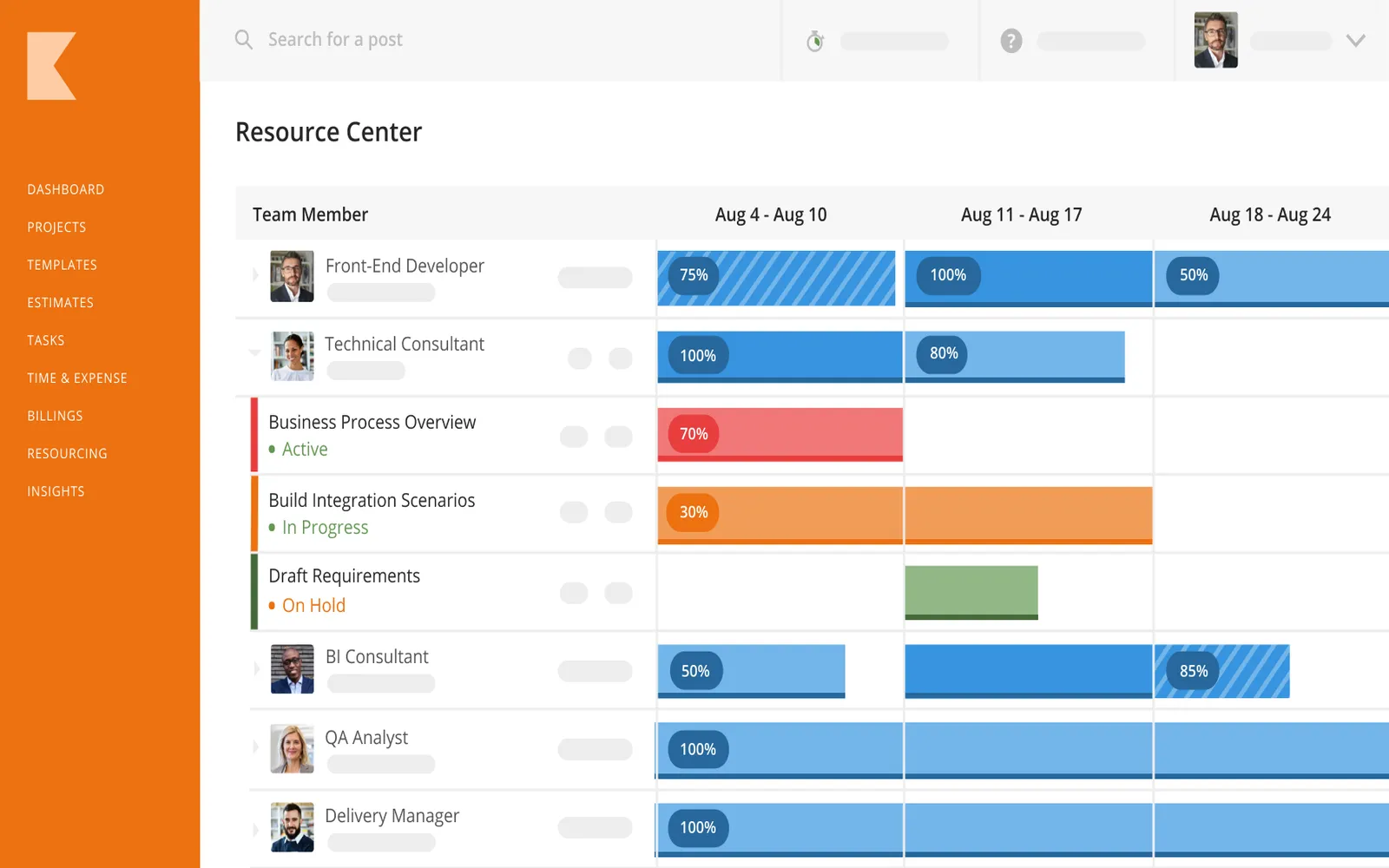Top Virtual Meeting Software for Teams in 2025: Enhance Collaboration and Productivity
Introduction
As we move deeper into 2025, the landscape of virtual meetings continues to evolve, driven by advancements in technology and the growing need for efficient collaboration among remote teams. The shift towards remote work has made virtual meeting software essential for businesses to maintain productivity and effective communication. In this article, we will explore the top virtual meeting software available in 2025 that enhances collaboration and productivity for teams, offering unique features and functionalities that cater to diverse organizational needs.
1. Zoom
Zoom has solidified its position as a leading virtual meeting platform, and for good reason. In 2025, the software has introduced several updates that enhance user experience. With features like Smart Gallery, which allows for a more natural representation of participants in hybrid meetings, Zoom creates a more inclusive environment. The platform also offers advanced AI-powered transcription services, making it easier for teams to capture and review important discussions.
The integration with third-party applications, such as project management tools and calendars, further streamlines workflows. Zoom's robust security features, including end-to-end encryption and advanced authentication protocols, ensure that sensitive discussions remain confidential. Overall, Zoom remains an indispensable tool for teams looking to enhance collaboration through virtual meetings.
2. Microsoft Teams
Microsoft Teams has seen significant enhancements in 2025, becoming a comprehensive hub for teamwork. The integration of Microsoft 365 applications allows users to collaborate seamlessly on documents, spreadsheets, and presentations during meetings. With the addition of virtual breakout rooms, facilitators can easily split participants into smaller groups for focused discussions.
Moreover, Teams' AI capabilities have improved, providing real-time translation and transcription services that cater to diverse teams across different languages and regions. The platform's customizable interface and extensive integration options with other tools make it a top choice for organizations looking to foster collaboration and boost productivity.
3. Google Meet
Google Meet continues to be a favorite among businesses for its simplicity and ease of use. In 2025, the platform has enhanced its features to include noise cancellation, which minimizes background distractions during meetings. This is particularly beneficial for teams working from home or in noisy environments.
The integration with Google Workspace allows for seamless collaboration on documents during meetings, and the platform's ability to host large-scale events is a significant advantage for organizations with extensive teams. Additionally, security features such as two-factor authentication and advanced encryption make Google Meet a reliable option for secure communications.
4. Cisco Webex
Cisco Webex has made strides in 2025 with its focus on creating immersive meeting experiences. The introduction of augmented reality (AR) features allows participants to engage in more interactive and engaging presentations. Webex's AI capabilities have also improved, providing smart meeting summaries and action item tracking to enhance follow-up after discussions.
The platform's strong security measures, including end-to-end encryption and compliance with various regulatory standards, make it suitable for industries that require high levels of data protection. Webex also offers extensive integration options with other business tools, making it a versatile choice for teams seeking effective collaboration solutions.
5. Slack
While traditionally known as a messaging platform, Slack has expanded its capabilities to include video conferencing features that cater to remote teams. In 2025, Slack's Huddles feature allows for spontaneous audio and video conversations, fostering a more casual and collaborative environment.
With integrations into various project management and productivity tools, Slack enables teams to stay connected and informed without switching between multiple applications. The platform's focus on team culture and engagement sets it apart, making it a popular choice for organizations looking to maintain strong team dynamics in a remote work setting.
6. Trello
In 2025, Trello has introduced video conferencing capabilities directly within its task management boards. This integration allows team members to host quick video meetings while discussing specific tasks, enhancing collaboration and reducing the need for separate meeting tools. Trello's visual interface continues to make project management intuitive, and the addition of video capabilities further streamlines communication.
The platform's ability to integrate with various collaboration tools ensures that teams can customize their workflows to suit their unique needs. Trello's emphasis on visual organization and task tracking makes it an excellent choice for teams focused on productivity and efficiency.
7. GoToMeeting
GoToMeeting has evolved in 2025 to provide a more user-friendly experience with enhanced screen-sharing capabilities and high-definition video quality. The platform's focus on simplicity makes it an appealing choice for teams looking for straightforward meeting solutions without unnecessary complexity.
GoToMeeting also offers features like meeting transcription and recording, which are invaluable for teams that need to revisit discussions or share insights with absent members. The platform's integration with popular productivity tools makes it easy for teams to incorporate GoToMeeting into their existing workflows.
8. BlueJeans
BlueJeans has emerged as a strong contender in the virtual meeting software market in 2025, particularly for its interoperability capabilities. The platform allows users to connect across various video conferencing systems, making it a flexible choice for organizations with diverse technology stacks.
BlueJeans also offers high-quality video and audio, along with features such as meeting highlights and analytics that provide insights into participant engagement. The platform's focus on providing a seamless experience across devices, including mobile, further enhances its appeal for remote teams.
9. Jitsi Meet
Jitsi Meet is an open-source video conferencing solution that has gained traction in 2025 for its privacy-focused approach. Organizations looking for a free, customizable option can take advantage of Jitsi's features while maintaining control over their data. The platform's ease of use and ability to host large meetings without requiring user accounts make it a popular choice among smaller teams and startups.
In 2025, Jitsi has improved its user interface and added features such as screen sharing and recording capabilities, making it a viable alternative to traditional meeting software. For teams prioritizing privacy and flexibility, Jitsi Meet is an excellent option.
10. TeamViewer
TeamViewer has expanded its offerings in 2025 to include robust video conferencing features that complement its remote access capabilities. This makes it an ideal choice for teams that require both collaboration and technical support functionalities. With features such as remote desktop sharing and file transfer, TeamViewer provides a comprehensive solution for teams working on technical projects.
The platform's emphasis on security, including end-to-end encryption and compliance with industry standards, ensures that sensitive information remains protected during virtual meetings. For teams in need of technical support and collaboration, TeamViewer offers a unique blend of features tailored to their requirements.
Enhancing Collaboration and Productivity
Choosing the right virtual meeting software is crucial for enhancing collaboration and productivity within teams. Each platform discussed above offers unique features that cater to different organizational needs, from advanced AI capabilities to seamless integration with existing tools. When evaluating virtual meeting software, consider the following factors:
1. User Experience
A user-friendly interface can significantly impact how effectively teams use virtual meeting software. Look for platforms that prioritize ease of use, as this will encourage team members to adopt the tool and engage in meetings more actively.
2. Integration Capabilities
Many teams rely on a variety of tools for project management, communication, and collaboration. Choosing software that integrates well with existing applications can streamline workflows and reduce the need for switching between multiple platforms.
3. Security Features
With the rise of remote work, security has become a top priority for organizations. Ensure that the chosen virtual meeting software offers robust security measures, such as encryption and authentication protocols, to protect sensitive information during discussions.
4. Scalability
As organizations grow, their collaboration tools must be able to scale accordingly. Opt for platforms that can accommodate larger teams and offer features to support both small group meetings and larger webinars or conferences.
5. Cost-effectiveness
Budget constraints are a reality for many organizations. Evaluate the pricing models of various virtual meeting software options and consider the features offered at different tiers to ensure you are getting the best value for your investment.
Conclusion
As remote work continues to shape the future of business, the importance of effective virtual meeting software cannot be overstated. The platforms highlighted in this article represent the best options available in 2025, each offering unique features designed to enhance collaboration and productivity for teams. By carefully considering the specific needs of your organization and evaluating the options available, you can choose the right virtual meeting software that will facilitate more effective communication and collaboration, ultimately leading to greater success in achieving your team's goals.
Explore

Revolutionize Your Business with Employee Management Software: A Complete Guide to Streamlining Operations and Improving Productivity

Virtual Cards: Revolutionizing Business Payments

Top Time Tracking Software for Remote Teams in 2025: Boost Productivity and Collaboration

Top Collaboration Tools for Remote Teams in 2025: Boost Productivity and Connectivity

Top Project Management Software for Teams in 2025: Boost Collaboration and Efficiency

Top Translation Services for Businesses in 2025: Enhance Global Reach and Communication

Top Air Purifiers of 2025: Enhance Your Indoor Air Quality for a Healthier Home
